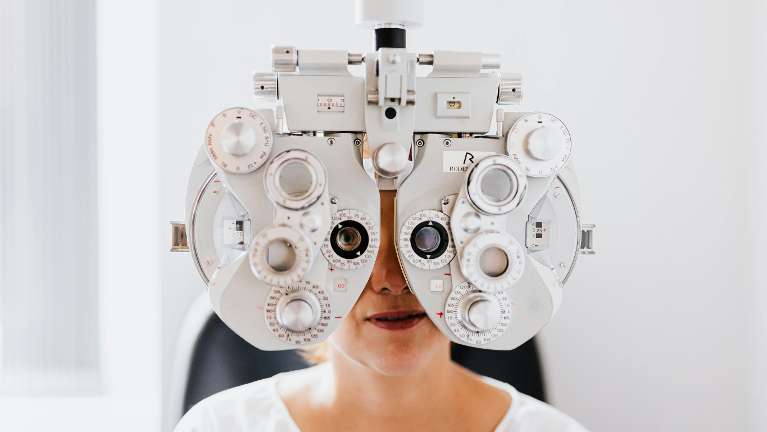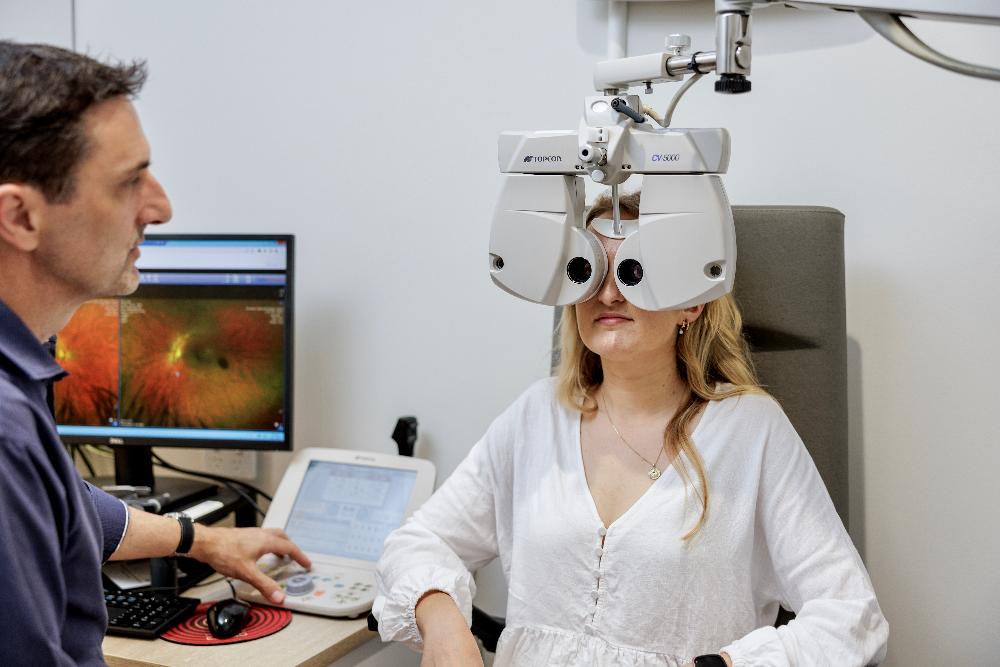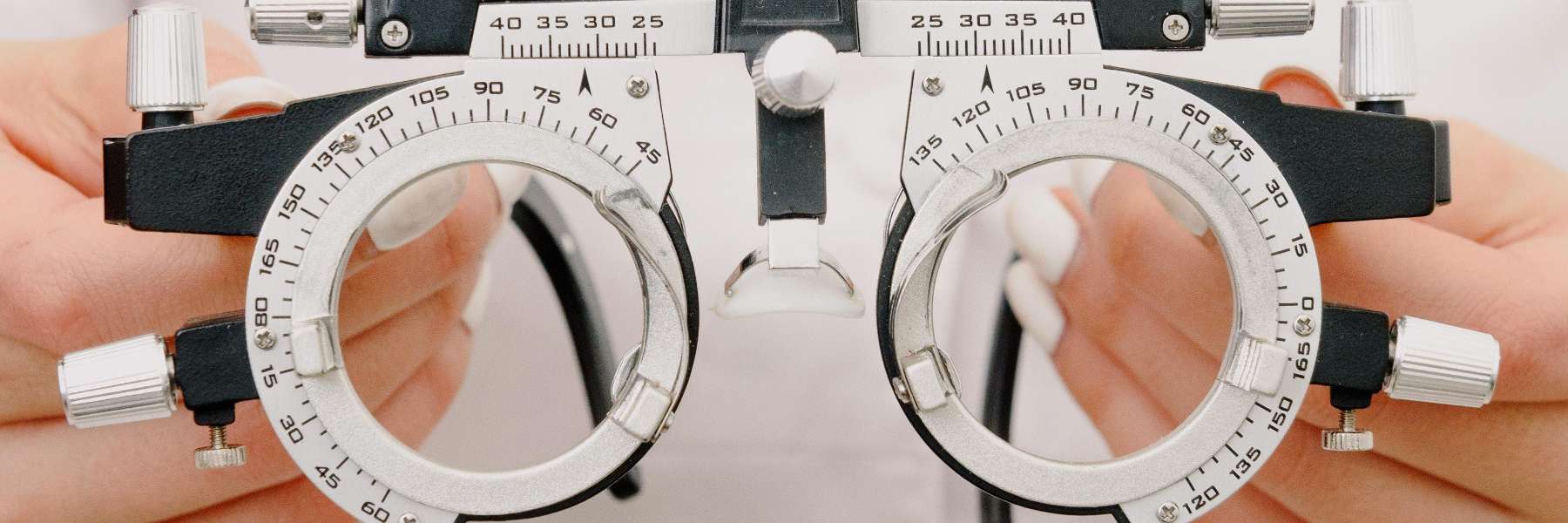
As optometrists, there is one concept we find ourselves constantly being asked to explain- the notion of "20/20 vision." Mostly mislead by media, many people believe it signifies perfect eyesight, but the reality is more multi-layered. In this blog post, we are here to shed light on the actual meaning of 20/20 vision and its significance in assessing your visual acuity.
What is Visual Acuity?
Visual acuity refers to the sharpness and clarity of your vision. It is a measure of how well you can discern details and distinguish objects at a specific distance. Visual acuity is assessed through various tests, with the most common one being the visual acuity chart, known as the Snellen chart.
The Snellen Chart and the Notion of 20/20 Vision
The Snellen chart consists of rows of letters, with the largest letters at the top and progressively smaller ones as you move down. The measurement of visual acuity is expressed as a fraction, such as 20/20, 20/40, or 20/200. But what do these numbers signify?
The first number in the fraction represents the test distance, which is usually 20 feet. The second number indicates the distance at which a person with normal vision should be able to read the line of letters correctly. Put simply, 20/20 vision means that a person can read at 20 feet what a person with normal vision should be able to read at that distance. In Australia, we use metres to measure distance instead of feet, so Australian optometrists refer to the American system of 20/20 as 6/6, with the first number referring to the typical testing distance of 6 metres.
Misconceptions and Beyond the Numbers
Contrary to popular belief, 20/20 vision does not imply perfect eyesight or the absence of any eye conditions. It is simply a benchmark for average visual acuity. While 20/20 vision is considered the standard for normal visual acuity, many individuals have vision that surpasses this standard, with acuities such as 20/15 or even 20/10 in the American system or 6/5 or 6/3 in the Australian system.
It's important to remember that visual acuity is just one aspect of your overall eye health. An individual with 20/20 vision may still have underlying eye conditions like astigmatism, farsightedness, or nearsightedness. Regular comprehensive eye exams are crucial for detecting and managing these conditions, as they can affect your visual quality and overall eye function.
What Factors Can Affect My Visual Acuity?
Several factors can impact your visual acuity. Age-related changes, such as presbyopia, occurs as the lens inside the eye loses flexibility, and affects near visual acuity. Conditions like pterygia, keratoconus, cataracts, and macular degeneration can also compromise visual acuity at both distance and near. Additionally, systemic health conditions like diabetes and hypertension can have implications for your eye health and visual acuity.
Beyond Visual Acuity: Eye Health and Overall Well-being
While visual acuity is an essential aspect of eye health, it is not the sole indicator of your overall visual well-being. Maintaining regular eye exams with our team of optometrists can help detect and manage various eye conditions, even if visual acuity appears to be normal.
During an eye exam, we go beyond just assessing visual acuity, but also examine the structures of the eye, evaluate eye teaming and coordination, and screen for conditions like dry eyes or early signs of ocular disease. Comprehensive eye care encompasses a holistic approach to maintaining your optimal visual health.

So, summing up, 20/20 vision represents a measure of average visual acuity, but it does not guarantee perfect eyesight or indicate the absence of developing eye issues. At Envision, we take our role seriously in assessing, treating, and managing your overall eye health and condition. Regular eye examinations are essential for ensuring early detection and treatment of any underlying eye conditions, promoting your long-term visual well-being. So, make it a priority to schedule regular visits to come see us at Burleigh Waters or Tweed.
